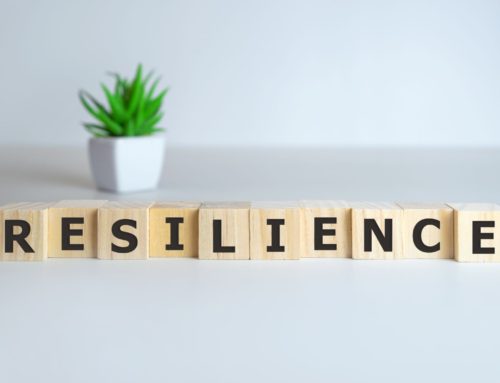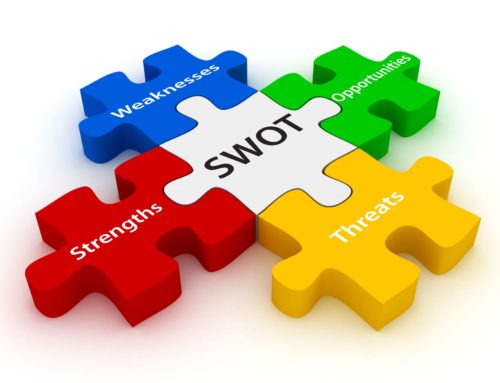Building and maintaining high performing teams as well as designing team building activities using technology – sounds counter-intuitive right? Given that technology could be seen to isolate rather than bring people together. But at their core, what are high performing teams but groups of people whom share a common interest or goal? Covid-19 and the global lockdown has definitely forced all of us to rethink what high performing teams look like…
Social distance and isolation are the prospects many businesses large and small now face given the current pandemic climate. So, how do we continue to strengthen our relationships and our teams in this brave new world?
Much of the classic leadership, organisational culture and team building theory is premised on face to face (read in the same room) contact with our colleagues. Yes, some of this theory still applies but not all. Our organisational leaders must now work harder to maintain strong ties with their team members in an enforced distance world. Technology continues to shape what our workplaces look like and how they operate and therefore impacts upon teams. Social distancing and technology can favour the tails of the bell curve. Polarised (and polarising) opinions can become amplified, creating friction but also dampening the less vocal majority. How then do we build high performing teams? Before we get into how to’s, let’s talk about some factors that play an important part in building high performing teams in a socially isolated world.
Diversity.
Diversity of thought, of voice, of opinion, of experience. Essentially, diversity in all its many shapes and forms. Maintaining this in a socially distanced world be difficult to say the least.
Resilience.
Resilience is such an important commodity in these rapidly changing times. This isn’t just individual resilience but also includes team resilience, organisational resilience, even community resilience after all, we don’t operate in isolation.
A unifying purpose (or shared belief).
Otherwise what’s the point?
Complementary skills and attitudes.
Complementary skills and attitudes and a willingness to share these. The opportunities for cross-pollination are endless! And priceless particularly in social distance situations.
Commitment.
Commitment to the team, the organisation, the purpose. See the discussion in ‘A unifying purpose (or shared belief) for further information.
Enough expertise but not too much.
Put another way, knowing what we know, and what we don’t. Then seeking out the knowledge that is needed to build high performing teams.
Trust.
Trusting each other to do our jobs with little to no supervision, trusting our team members to lean in and support when we’re struggling or trusting our team members enough to let them know when we’re struggling. These are really important (but scary because – hello – vulnerability) factors particularly when we’re isolated!
Open communication and a willingness to embrace conflict.
Otherwise how do we grow?
An environment that allows for risk taking and innovation.
Again, otherwise how do we grow?
So, not too different from the usual right? Well yes. But also no. The enforced isolation of the Covid-19 lockdown created another layer of complexity to how these factors are nurtured.
So then, how can we build high performing teams in socially isolated conditions? Here are a few simple (but definitely not simplistic) ideas;
Regular ‘team scrums’.
It might be lockdown but we all still need to meet to ensure we’re all on the same page right? Right!
Flexi arrangements that suit team members.
This might look like a work from home/work from the office mix or flexi-time arrangements. Who knows? We all have different circumstances. Having meaningful discussions with team members about this goes a long way to building rapport, trust and allowing team members to feel valued thus, building high performing teams.
Allowing for ‘socialising time’ in any regular meetings.
I’m sure we’ve all experienced it. The team meeting starts off well and you get through agenda items in a timely manner. And then all of a sudden one person makes a comment that derails the whole meeting – oops! – and everyone struggles to come back to the topic. Allow for this. In-fact, expect it to happen. We’re social creatures by nature, we all need a little bit of time to feel bonded to these relationships especially when we’re isolated and have fewer opportunities for these meaningful, informal (and often non-work related) interactions.
Providing space for informal virtual interactions.
Friday drinks on Zoom anyone?
Keep meeting agenda’s tight aka watch out for the ‘bike shed effect’
So they’re not high-jacked but also really, the items that need discussing are those that need collective expertise and different views. In other words, those synergistic things. Pro tip: see item one of this list to help manage this one.
Take the time to regularly reflect on progress (and/or regress).
Otherwise, how do you know how far you’ve come? Also, they say it’s not about the destination, the journey is also important, so enjoy it!
So at the end of the day, what is the take home message? Make the effort, take the time, be human first.

Also quality leadership and strong organisational cultures are even more important in social isolation situations.
This article was written by Bridget Taylor – Tutor






